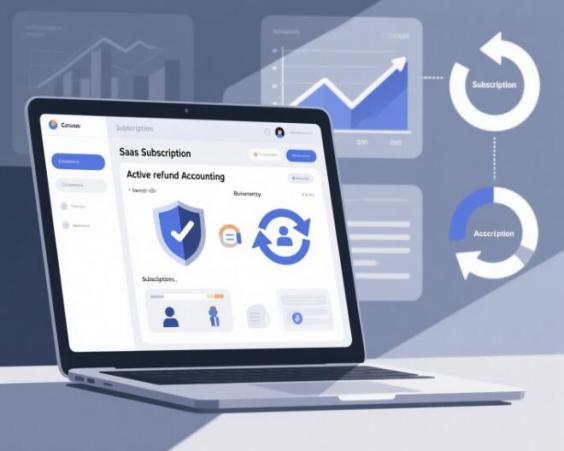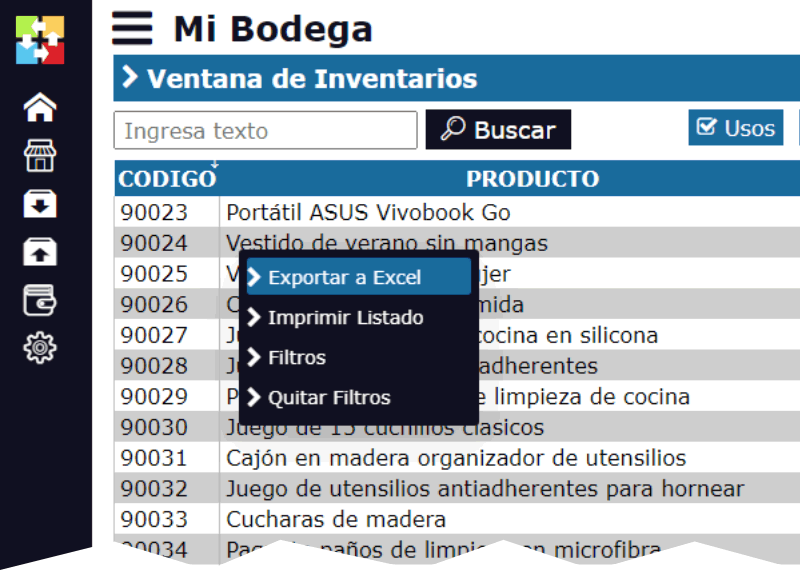Accounting for warranties and returns in subscription models: SaaS case
In the digital age, subscription models have revolutionized the way companies offer their products and services. Software as a Service (SaaS) is one of the most common examples of this type of model. However, accounting for warranties and returns in these models can be complex and requires a deep understanding of accounting standards and business practices.

Introduction to Accounting for Warranties and Returns in SaaS
Accounting for warranties and returns in SaaS refers to the process of recognizing and measuring revenue and expenses related to warranties and returns of products or services offered through a subscription model. This includes accounting for satisfaction guarantees, quality guarantees, and money-back guarantees.
Relevant Accounting Standards
The relevant accounting standards for accounting for warranties and returns in SaaS are:
- NIF C-5 "Revenue from Ordinary Activities"
- NIF C-6 "Costs and Expenses"
- NIF C-7 "Provisions and Contingencies"
These standards establish the principles and criteria for recognizing and measuring revenue and expenses related to warranties and returns in SaaS.
Revenue Recognition in SaaS
In a subscription model, revenue is recognized when the following conditions are met:
- The company has transferred control of the product or service to the customer.
- The company has fulfilled its contractual obligations.
- The price of the product or service is fixed or determinable.
- It is probable that the company will receive payment from the customer.
In the case of SaaS, revenue is recognized when the customer has access to the software and can use it in accordance with the terms of the contract.
Accounting for Warranties in SaaS
Warranties in SaaS can be of two types:
- Satisfaction guarantees: refer to the guarantee that the software meets the customer's expectations.
- Quality guarantees: refer to the guarantee that the software functions correctly and without errors.
Accounting for warranties in SaaS involves recognizing a provision for warranties at the time of sale. The provision is calculated as a percentage of total revenue and is recorded as an expense in the income statement.
Accounting for Returns in SaaS
Returns in SaaS can be of two types:
- Money-back returns: refer to the return of money paid by the customer.
- Product returns: refer to the return of the software.
Accounting for returns in SaaS involves recognizing a provision for returns at the time of sale. The provision is calculated as a percentage of total revenue and is recorded as an expense in the income statement.
Conclusion
Accounting for warranties and returns in subscription models, such as SaaS, is complex and requires a deep understanding of accounting standards and business practices. It is essential that companies offering products or services through a subscription model have a clear and consistent accounting policy for recognizing and measuring revenue and expenses related to warranties and returns.
By following relevant accounting standards and business practices, companies can ensure that their financial statements are accurate and reflect the reality of their business.





